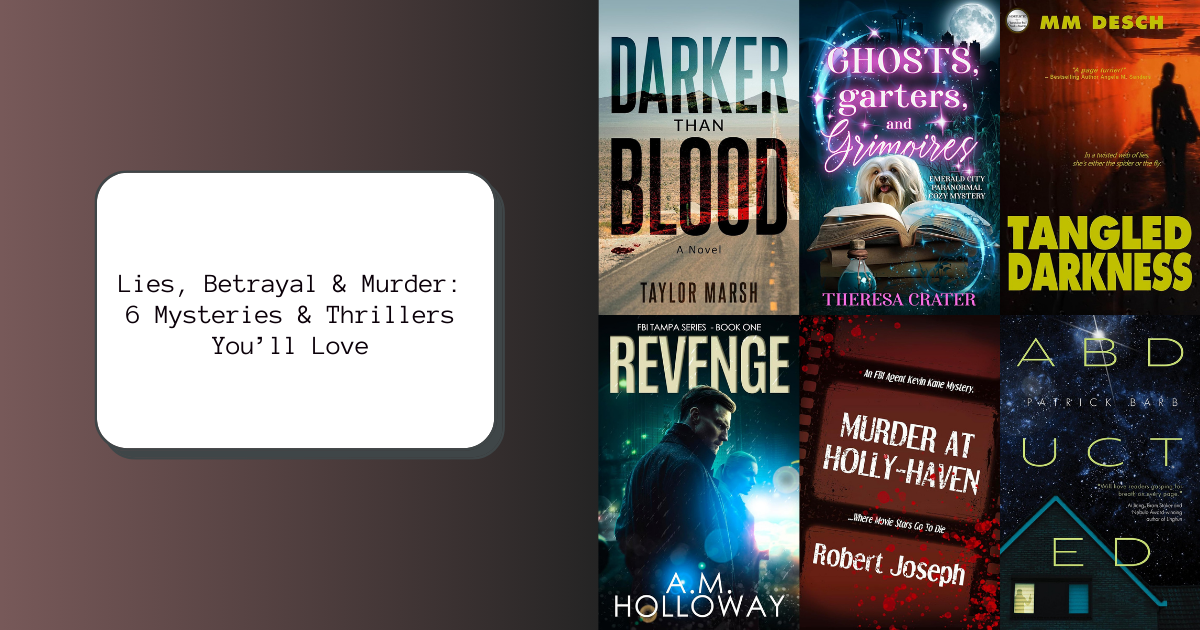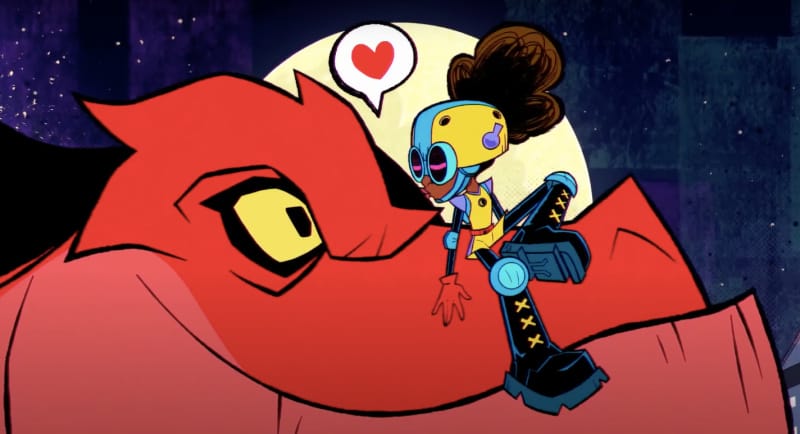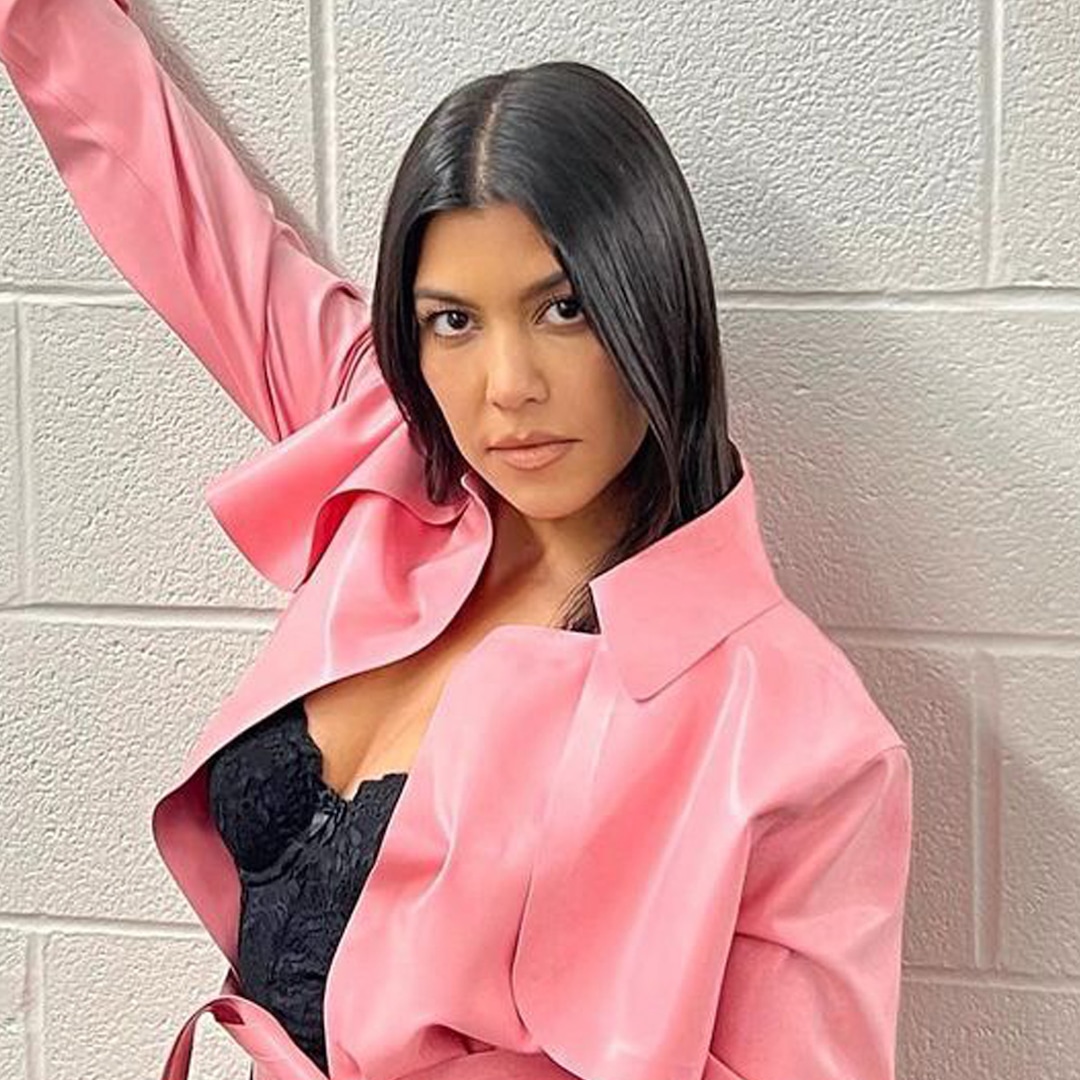It might be painful to be remembered through your exes, but when it comes to literary titan James Baldwin, doing so illuminates his life and work. In Baldwin: A Love Story, biographer Nicholas Boggs trains his eye on the Fire Next Time author’s most intimate relationships, with the eras of Baldwin’s life marked by his great loves, each relationship more tumultuous than the last. Baldwin was not successful at all in terms of love, though he was exceedingly successful in his career, of course. He had a taste for men with whom partnering longterm was impossible. These included actors and musicians, all much younger than he was and destined to live heteronormative lives.
Baldwin’s penchant for unavailable men may have translated into a keen ability to describe pain, both personal and societal, but it also meant a perennial emotional rollercoaster. This biography explores the ways he tried to alleviate his considerable heartbreak, including with alcohol—anybody who hosted him would have their liquor cabinet drained within days. The wife of one of his lovers, actor and director Engin Cezzar, even resorted to making her own vodka to keep the expenses down while he lived with them in Istanbul, a stay that was one of the most productive and creative periods in his career. Baldwin may have had a torrid life, but it provided him with the material to create masterpieces like Notes of a Native Son and Another Country.
Boggs’ descriptions of Baldwin and his life are beautiful and incisive, taking us into such moments as his penurious move to Paris and his near-suicide attempt on a French island. Included are photos of Baldwin and his throng of artist and activist friends, among them Marlon Brando (whom he may or may not have had sexual relations with) and Martin Luther King Jr. We see Baldwin joyful with lovers and friends, smiling that big-toothed smile that won the hearts of so many. The most moving image included, though, is modernist painter Beauford Delaney’s portrait of a young Baldwin, “Dark Rapture.” Delaney was in love with Baldwin, though it was unrequited, and this depth of feeling shows in the coloring of his nude body. Yellows, blues, blushes of pink: These hues show not just the lithe contours of Baldwin’s body but the brilliance of his mind and soul. All of his childhood and most of his life, Baldwin was told, and believed, that he was ugly. “Dark Rapture” was “Beauford’s effort to heal Baldwin’s self-perception that he was an ugly boy. He wanted him to see himself the way he saw him—as a beautiful young man worthy of love.” The painting does what paintings do best: make what’s inside and abstract into a visual reality. This is what Baldwin did with words and our world. He corralled social constructions and the sticky matter of the human heart into precise language that still rings with longing, creating the type of art that provides respite in tumultuous times. Baldwin: A Love Story suggests that we can endure suffering and bear witness to the pain of our world because Baldwin lived and wrote and loved.


















